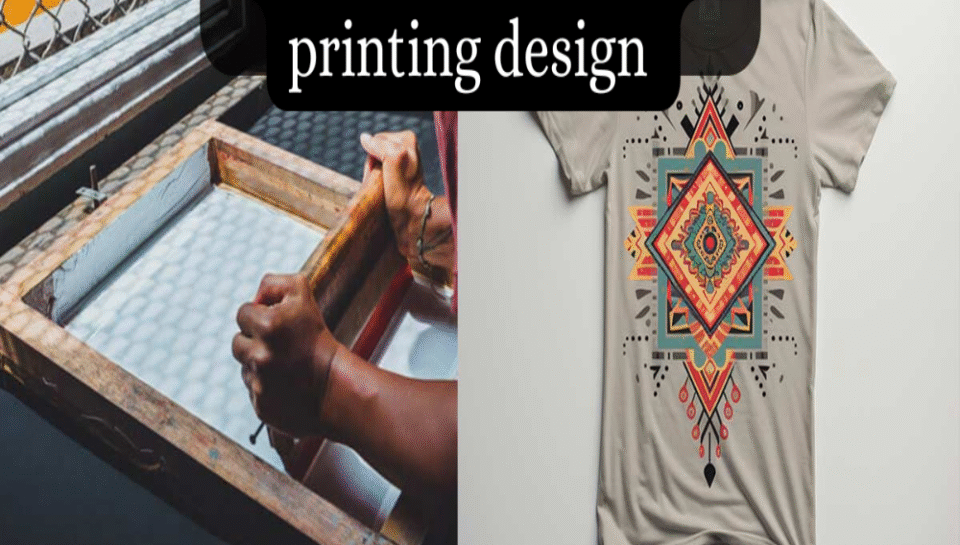
Introduce the evolution of t-shirt printing design and its cultural significance in modern fashion.
INTRODUCTION
T-shirt printing design has undergone a remarkable transformation—from a simple method of personalizing garments to a powerful tool of cultural expression, political statement, and mainstream fashion. What began as basic screen-printed graphics in the mid-20th century has evolved into a dynamic art form shaped by technology, streetwear culture, social movements, and individual creativity. Today, printed T-shirts are not just everyday wear—they’re canvases of identity, commentary, and style. This article explores the evolution of T-shirt printing design and its lasting impact on modern fashion.
1. ROOTS IN UTILITY AND PROMOTION
Originally used in the 1940s and 50s for promotional and military purposes, T-shirts with printed slogans or logos were functional and utilitarian. They were worn to identify units or advertise products, setting the groundwork for later cultural adoption.
2. RISE OF SCREEN PRINTING AND COUNTERCULTURE
The 1960s and 70s saw the rise of screen printing as the dominant technique, giving way to the iconic protest tees of the civil rights and anti-war movements. Artists and activists used T-shirts as tools for expression, democratizing fashion and linking design to social change.
3. POP CULTURE AND BRANDING BOOM
By the 1980s and 90s, printed T-shirts exploded into pop culture with band merch, movie-themed graphics, and sports branding. They became essential to youth identity, with graphic tees serving as badges of fandom, subculture affiliation, and street cred.
4. DIGITAL PRINTING REVOLUTION
The 2000s ushered in direct-to-garment (DTG) and sublimation printing, allowing full-color, photo-quality prints in small batches. This democratized the design process further, enabling independent artists and brands to create without the limitations of screen printing.
5. SOCIAL MEDIA AND DIY CULTURE
Platforms like Instagram, Etsy, and Redbubble have fueled a new era of DIY and small-scale T-shirt entrepreneurship. Designs often reflect memes, niche aesthetics, or hyper-personal messages, turning T-shirts into viral content and conversation starters.
6. STREETWEAR AND HIGH FASHION CROSSOVER
In the 2010s and beyond, T-shirt printing became central to the rise of streetwear. Brands like Supreme, Off-White, and Vetements blurred the line between casual and couture. Graphic tees moved from sidewalks to runways, symbolizing rebellion, irony, and exclusivity.
7. CULTURAL VOICE AND SOCIAL COMMENTARY
Printed T-shirts continue to serve as wearable activism. From Black Lives Matter slogans to climate change awareness, the T-shirt has become a frontline garment for global discourse, blending fashion with advocacy.
8. PERSONALIZATION AND CUSTOM DESIGN
Today’s consumer expects personalization. On-demand services and AI-assisted design tools allow for fully customized T-shirts, enabling wearers to make bold, unique statements. What you wear on your chest now tells a deeply personal story.
CONCLUSION
The evolution of T-shirt printing design mirrors shifts in society, art, and technology. From protest and promotion to fashion and identity, printed T-shirts have become more than clothing—they’re cultural artifacts. As customization and digital innovation continue to shape the industry, the humble graphic tee remains one of the most powerful and personal forms of expression in modern fashion.
HASHTAGS
#TShirtDesign #GraphicTees #FashionHistory #StreetwearCulture #PrintedTShirts #ModernFashion #CulturalExpression #TShirtArt #DIYFashion #WearableActivism #PopCultureFashion #DigitalPrinting #DesignInnovation #StyleStatement #ScreenPrinting #DTGPrinting #FashionAndIdentity #TShirtEvolution #StreetStyle #OnDemandFashion #CustomTShirts #FashionDesign #ArtOnFabric #VisualCulture #FashionTrends





